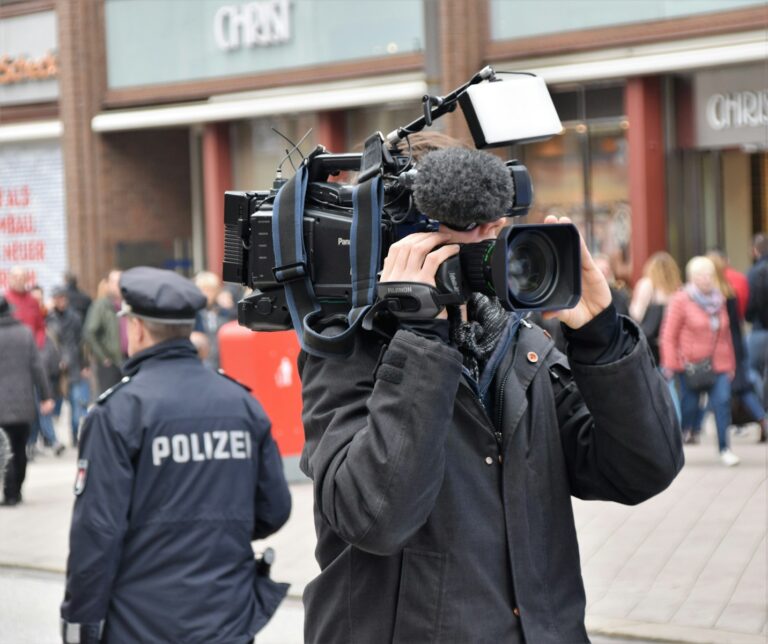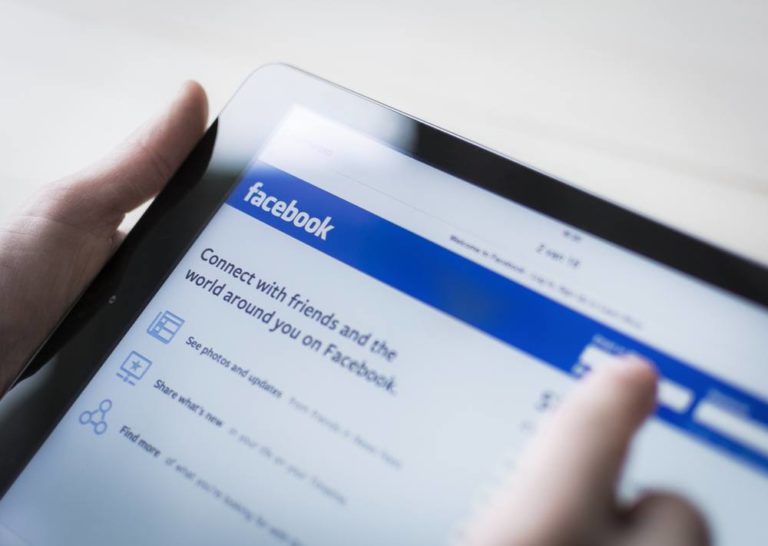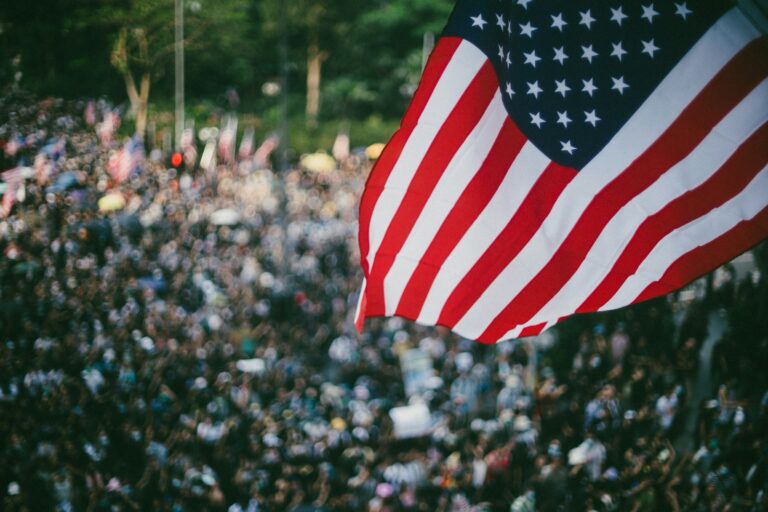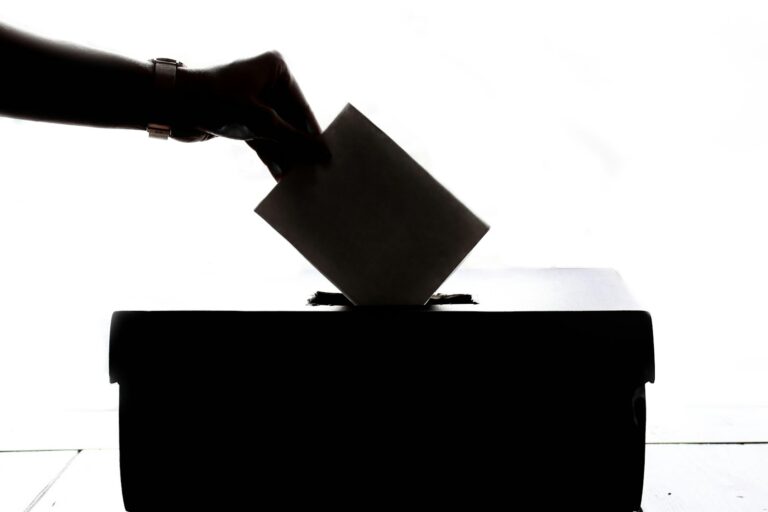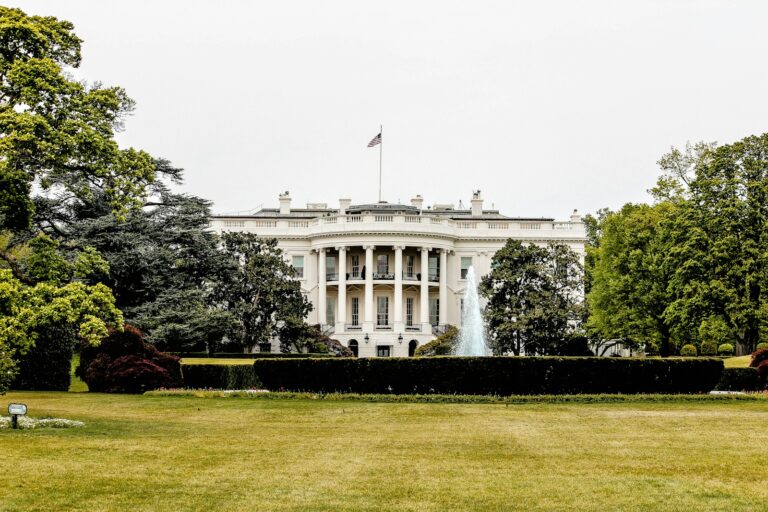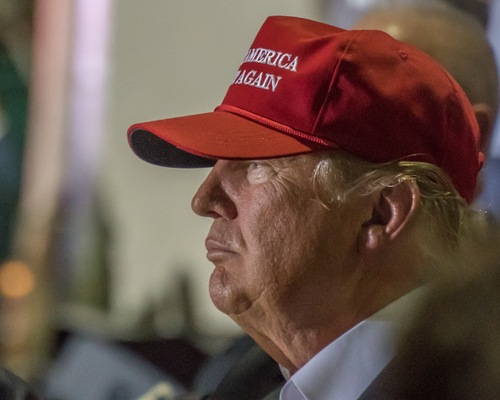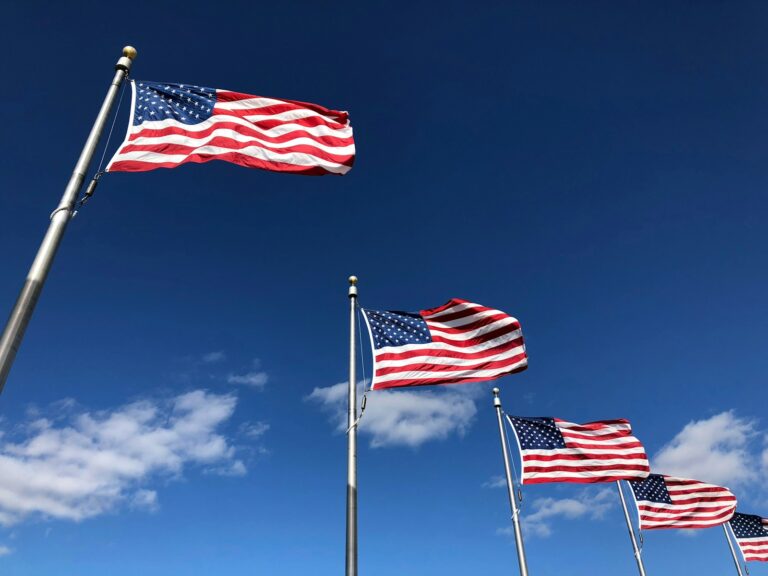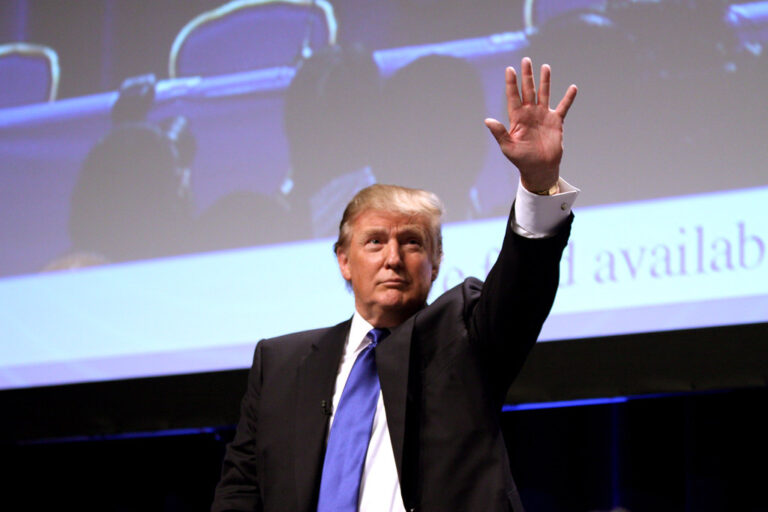Key takeaways
– Rep Doug LaMalfa got big boos at his recent town hall
– The crowd heckled his backing of a national spending plan
– People also yelled against ICE picking up people off the streets
– Tension rose as audience members insulted the lawmaker
– A video of the event shows the heated scene
A Heated Welcome
Representative Doug LaMalfa started his town hall on a tense note. As he took the stage, some in the crowd made fun of him. They linked his support for the president to one big new spending bill. Instantly, loud boos filled the room. The noise grew as more people expressed anger. The lawmaker pressed on with his opening remarks. Yet every word faced a rising chorus of disapproval. The scene showed the deep divide over the president’s policies and the new bill.
Angry Reactions to Presidential Insults
Shortly after he began, someone in the crowd used a nickname for the president. That comment set off fresh jeers. Another person demanded impeachment and labeled the president a criminal. As a result, the crowd erupted again. Then a woman yelled that the lawmaker should feel shame for his views. In addition, profane comments flew through the hall. LaMalfa paused but pressed on. Clearly, many in the audience opposed his political stance.
Concerns Over Immigration Practices
Next, the audience turned to immigration enforcement. One member objected to ICE picking people up without court orders. The crowd repeated that call, saying that everyone deserves legal rights. They argued that due process must come first. This exchange drew some cheers from those who oppose aggressive immigration tactics. Meanwhile, supporters of tougher measures stayed quiet. The clash highlighted how divided opinions remain on border policy.
Lawmaker Defends His Position
Despite the noise, LaMalfa stayed active and spoke his mind. He said he supports strong border security. He also defended parts of the new spending plan. He argued it will boost infrastructure and healthcare programs. Plus, he stressed that he backs legal pathways for immigrants. Therefore, he claimed he balances security with fairness. Yet each point met more boos from the crowd. Still, the lawmaker refused to leave the stage.
Crowd Demands Action
As the event moved forward, the audience grew bolder. They called for the lawmaker to propose tougher oversight on immigration agencies. They asked for clearer rules on spending and limits on presidential power. They said bills should come with strict rules to keep rights safe. They also urged LaMalfa to listen to local concerns. Finally, some even suggested he shift focus away from the president’s agenda. Their demands showed they want more direct attention to community issues.
Video Shows the Clash
A video posted online captured the full back-and-forth. It shows the lawmaker trying to talk over a sea of jeers. It shows people standing, shouting, and gesturing in protest. In addition, it shows staff trying to calm the crowd. Yet the noise kept rising. Observers say the tension peaked when someone told LaMalfa to be ashamed. The clip ends as LaMalfa moves toward a side exit. Overall, it paints a vivid picture of the conflict.
What Lies Ahead
Looking forward, this event may shape future local debates. LaMalfa plans more town halls in the coming weeks. He says he will focus on listening to all voices. However, the strong reaction may push him to change his approach. In addition, local leaders may step up and propose new bills. They could try to bridge the gap on border and spending issues. Meanwhile, community organizers say they will keep up the pressure. As a result, the next events could stay just as heated.
Conclusion
In short, the town hall showed how divided opinions still run deep. LaMalfa faced nonstop heckles for backing the president and the big new bill. His defense of ICE tactics drew clear pushback. As a result, the audience made its views felt loud and clear. With more town halls ahead, both sides now know the stakes remain high. Clearly, this political clash is far from over.

